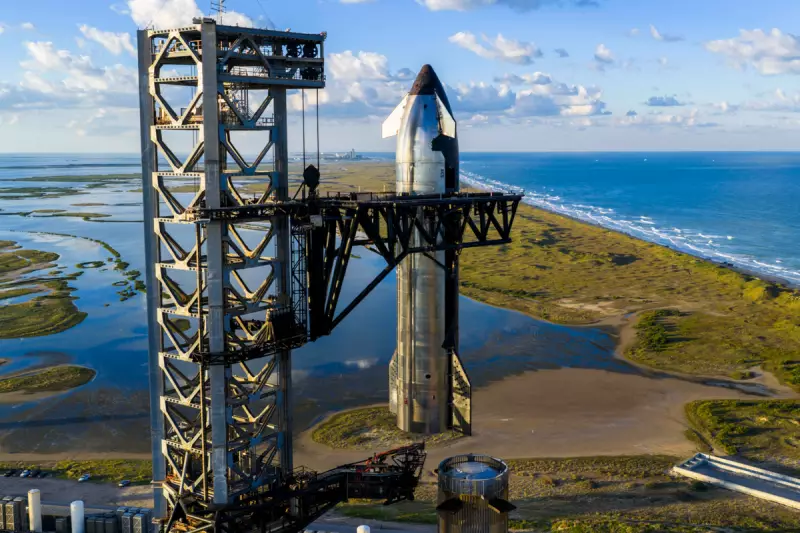
In a spectacular display of aerospace engineering, SpaceX's colossal Starship rocket has completed its most successful test flight to date, marking a pivotal moment in humanity's journey to become an interplanetary species.
A Giant Leap for Space Exploration
The fully-integrated Starship spacecraft, standing taller than the Statue of Liberty at nearly 400 feet, roared to life from SpaceX's Starbase facility in Boca Chica, Texas. This fourth major test flight demonstrated critical advancements in the vehicle's performance and reliability.
Unlike previous attempts that ended in controlled explosions, this mission saw both the Super Heavy booster and Starship upper stage achieve key objectives, including successful stage separation and controlled re-entry maneuvers.
Engineering Breakthroughs and Challenges Overcome
SpaceX engineers celebrated multiple milestones during the flight:
- Successful hot-staging separation: The complex maneuver where Starship's engines ignite before separating from the booster
- Booster splashdown precision: Super Heavy achieved a controlled descent into the Gulf of Mexico
- Atmospheric re-entry data: Valuable information gathered during Starship's return through Earth's atmosphere
Elon Musk, SpaceX's visionary founder, described the achievement as "the farthest and fastest Starship has ever flown," highlighting the exponential progress being made toward reusable space transportation.
The Road to Mars and Beyond
This successful test represents more than just another rocket launch—it's a crucial step toward realising Musk's ambitious goal of establishing a self-sustaining city on Mars. The Starship system, designed to be fully reusable, aims to dramatically reduce the cost of space access while increasing launch frequency.
NASA is closely monitoring progress, having selected Starship as the lunar lander for its Artemis program, which plans to return astronauts to the Moon by 2026. The spacecraft's massive payload capacity could revolutionise satellite deployment and deep space missions.
What Comes Next for SpaceX?
With regulatory approvals in place for five additional test flights, SpaceX maintains an aggressive development schedule. Each mission builds upon previous successes, gradually approaching the orbital capabilities needed for lunar and Martian missions.
As private space exploration accelerates, Starship's progress signals a new era in space travel—one where interplanetary journeys may become as routine as international flights are today.





